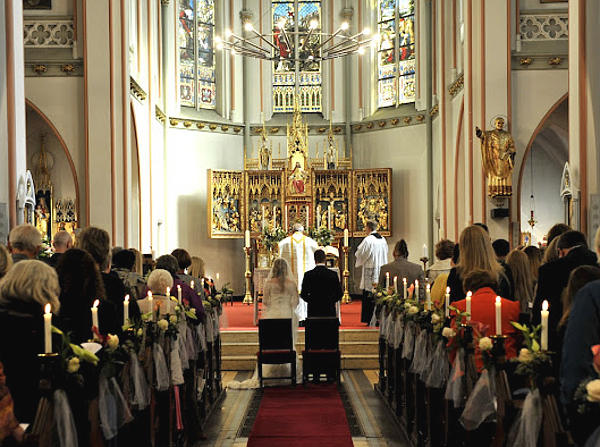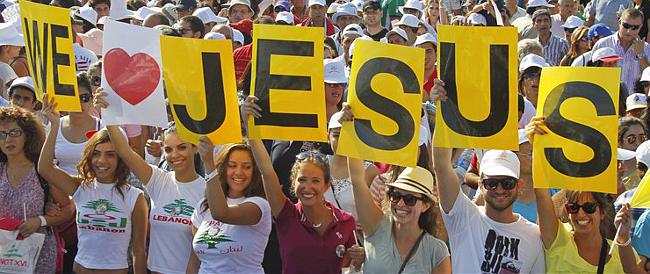En katolsk prest først ute med «big-bang-teorien»

På mitt kurs i katolsk tro for noen dager siden snakket vi litt om spelsen, forholdet mellom tro og vitenskap etc, og i den forbindelse leser jeg i The Catholic Herald:
I have just been reading a very well-researched and well-argued book entitled Heresy by Michael Coren. Coren, for those who don’t know of him, is a Canadian writer, biographer and broadcaster – and a very eloquent Catholic apologist. He has written, among numerous books, Why Catholics Are Right last year (a definite must-read for all sceptical blog posters to the Herald) and this year the book on Heresy, which he subtitles “Ten Lies They Spread about Christianity”. These errors include “All the clever people are atheists, or Christians are stupid”, “Hitler was a Christian”, “Christians and Christianity supported slavery” and “Christians are opposed to science”. All these will be familiar to Catholic bloggers.
I recommend the whole book (especially to all those sceptical blog posters referred to above), but just wanted to draw attention right now to the chapter on science. Coren starts by saying, “The idea that Christianity is somehow opposed to science and that individual Christians cannot reconcile their faith to scientific discoveries, is a relatively modern canard, but successfully and damagingly promulgated, usually by people who know very little about science and its history, or about Christianity and Christians.”
He points out: “The history of Christianity is actually one of great encouragement of scientific research and has been responsible for many of the most important scientific advances.” He mentions Francis Bacon, Keppler, Copernicus and Newton as particular Christians – and scientists – in the early centuries of the development of the scientific outlook; and, among others, Max Planck, Kelvin, Louis Pasteur, Alexander Fleming, and Gregor Mendel for the relatively modern period of scientific advance. In other words, there need be no conflict between the Christian faith and science – except, obviously, in the minds of certain modern atheists. (Coren also explains clearly what the dispute with Galileo was all about, but I’ll leave that for another blog.)
I mention all this because I happened to listen to the Heart and Soul programme on BBC Radio 4 last week, presented by William Crawley – and it was all about the work of Mgr Georges Lemaître, a Belgian priest-astronomer and known as “the father of modern cosmology”. He is also mentioned in Coren’s chapter on science, which is where I first heard of him. It was Mgr Lemaître who first proposed the Big Bang theory. According to Crawley, he showed unusual intellectual precocity as a child and decided aged 10 that he wanted to become a Catholic priest. After fighting in the Great War he was ordained in Belgium in 1923 – and a month later came over to St Edmund’s, Cambridge, to study for a doctorate. Then, after further study at Harvard and MIT, he became prof…essor of physics at Louvain University in Belgium, where he remained until his death in 1966.
According to Crawley, Mgr Lemaître was not happy with Pope Pius XII’s belief that the book of Genesis had been vindicated by his cosmological discoveries, and that “Fiat Lux!” (“Let there be light!”) coincided with his Big Bang theory. This was not because he rejected Genesis but because he felt the two disciplines, theology and science, should be studied separately without requiring mutual confirmation. Lemaître met Einstein several times at conferences, and the latter applauded his lecture at a seminar in California in 1933. …

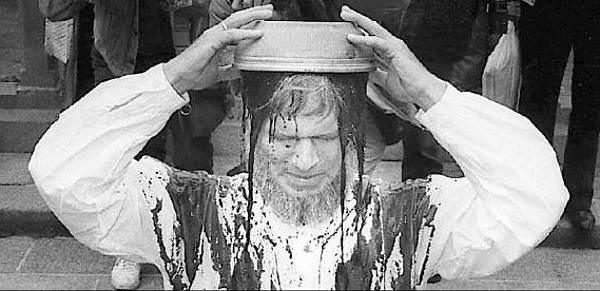
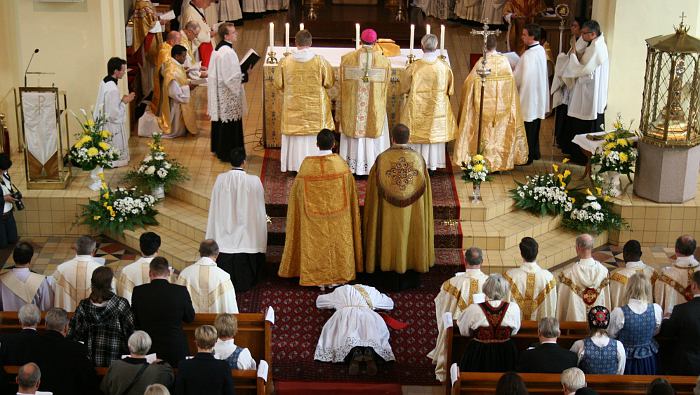
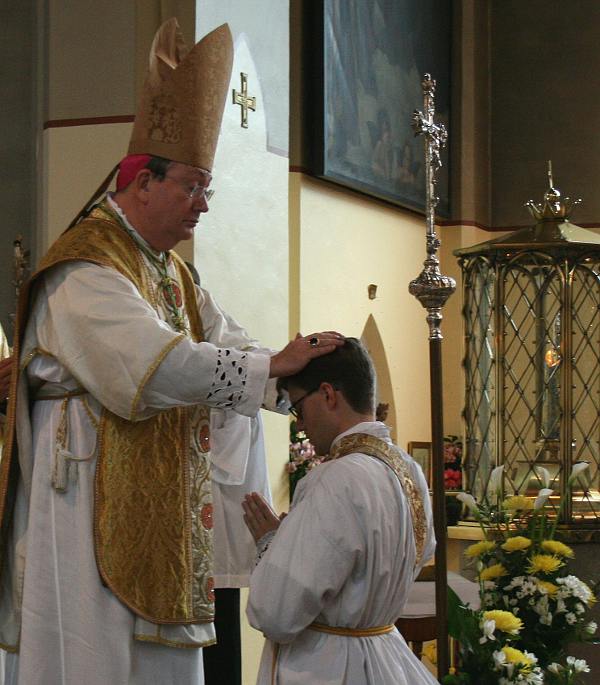

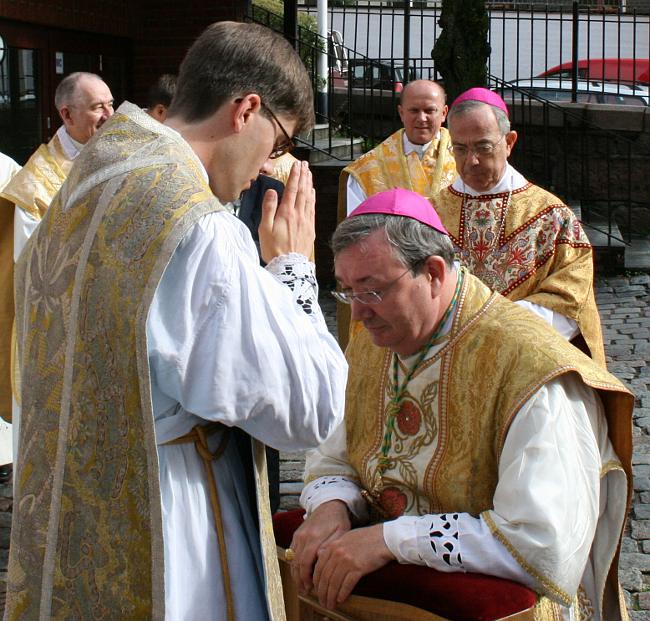


 Jeg gleder meg stort til å delta i Ola Martin Stamnestrøs prestevielse i morgen.
Jeg gleder meg stort til å delta i Ola Martin Stamnestrøs prestevielse i morgen. 